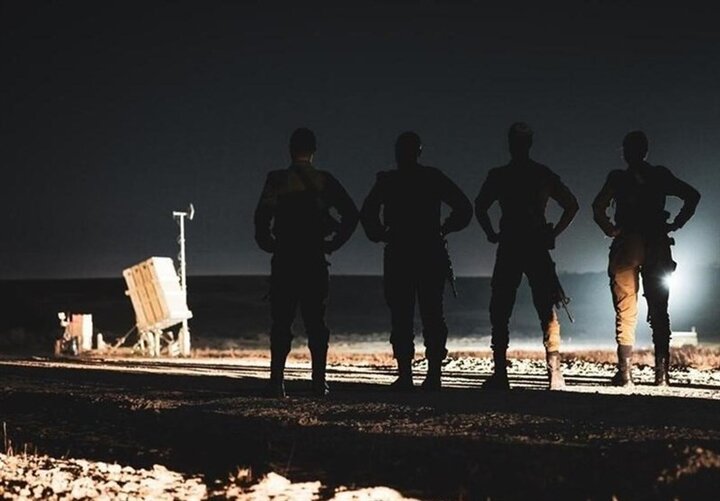
The details underscore the scale of the Palestinian resistance movement’s assault from the beginning, shedding light on the impact on the Iron Dome defense system.
Israel’s vital short-range air defense system, the Iron Dome, designed to counter rockets and drones from resistance groups, has vulnerabilities that were effectively exploited by the resistance on October 7 during rocket operations.
Despite its distinctive qualities, this pricey defense system does have some vulnerabilities, and these were effectively capitalized on by resistance groups, particularly on October 7, during their rocket operations.
The Israeli regime possesses 10 Iron Dome batteries, each equipped with 3 launchers. Firing 20 ground-to-air missiles per launcher, totaling 600 missiles, the system faces challenges tracking simultaneous rocket launches due to the time needed for reloading.
In the initial 20 minutes of the Al-Aqsa Storm operation on October 7, Palestinian groups launched over 5,000 rockets into occupied territories, successfully bypassing the Iron Dome’s defensive shield.
Contrastingly, the radar system in the Iron Dome automatically identifies, tracks, and detects the characteristics of incoming hostile rockets (although the decision to fire is ultimately made by human operators). Since day one, and even prior to that, resistance groups have been involved in hacking into some of these systems. Even after several days of the conflict, certain Iron Dome systems continue to experience issues with missile launches.
Lately, there have been multiple releases of images showing significant deviations of Tamir missiles and the resulting ground impact causing damage. This problem stems from recent cyberattacks by resistance forces against the system.
Adding to these incidents, there’s another event from October 7 that, now more than a month later, new information has come to light about – the killing of certain operators within the Iron Dome system.
Each Iron Dome system is equipped with a protection unit to ensure the safety of operators and the system itself. During the October 7 attack, some teams from resistance groups specifically targeted these systems. In another operation, they encountered personnel within the systems, resulting in casualties and the capture of others.
Sohr Saoodiyan, the unit commander, Benjamin Gabriel Yuna, and Nati Kutsero, the launcher operator, all three from the 947th Battalion, are confirmed casualties of this attack.
Interestingly, moments after the start of the resistance groups’ attacks, there were no warnings indicating readiness given by the Israeli army to any of the Iron Dome units. The operating forces were taken by surprise by the attacks by the Palestinian fighters.
Three officers, reloading missiles after completing launches, were killed around 10:30 in the morning, confirmed three days later.
Information about the Iron Dome, including news and related details, is classified in the Israeli army. It is likely that casualties from Iron Dome units are higher than officially reported.
MNA/TSN